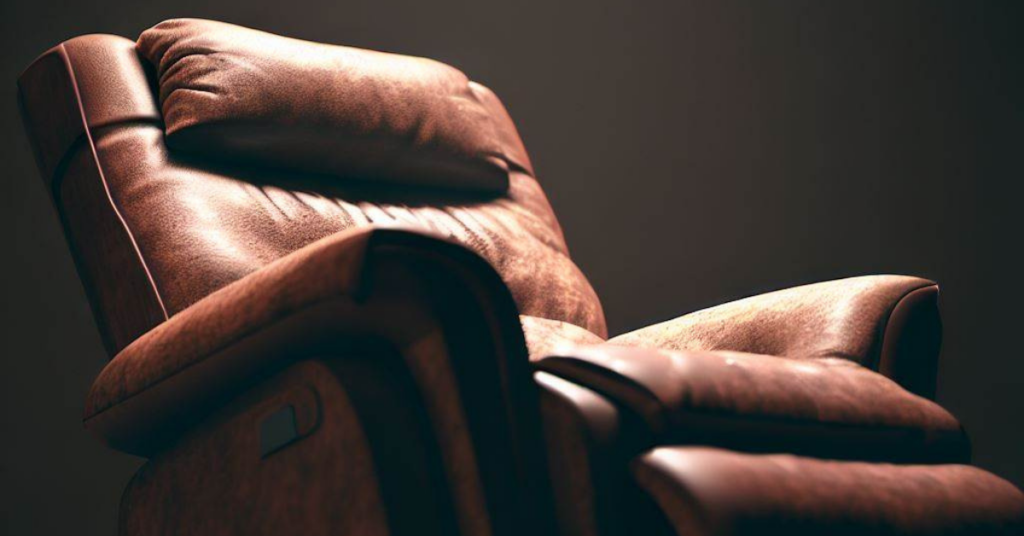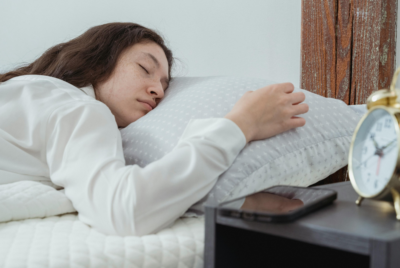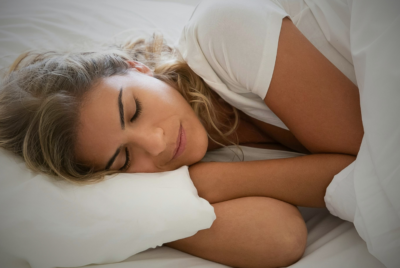Best Recliner for Back Pain: 5 Key Features to Consider
Importance of a Supportive Recliner

As someone who understands the discomfort and limitations that back pain can bring, I want to share some insights and advice on finding the best recliner for back pain. In this article, I will guide you through the key features to consider when selecting a recliner, provide recommendations based on personal experience, and suggest home remedies for back pain relief. Please note that the information provided here is informal advice only, and if you experience persistent or severe back pain, it is important to consult with a healthcare professional.
Understanding the Importance of a Supportive Recliner
Back pain can significantly impact our daily lives, making it crucial to have a recliner that provides optimal support and comfort. The right recliner can alleviate pressure on the spine, promote proper posture, and reduce muscle tension, providing good lumber support. By investing in a recliner designed specifically for back pain and , you can enjoy relief and relaxation in the comfort of your home.
5 Key Features to Consider
When searching for the best recliner for back pain, it’s essential to consider the following key features:
1. Ergonomic Design
An ergonomic design is paramount for a supportive recliner. Look for a recliner that offers proper alignment of the spine, neck, and head. It should provide adequate support to the natural curves of your back, promoting good posture and reducing strain on the muscles.
2. Lumbar Support
Lumbar support is crucial for individuals with back pain. Look for a recliner that has built-in lumbar support, which targets the lower back region. This feature helps maintain the natural curvature of the spine and provides targeted support to the lumbar area, relieving pressure and reducing discomfort.
3. Adjustable Positions
A recliner with adjustable positions allows you to find the most comfortable angle for your back. Look for recliners that offer various positions, including upright, semi-reclined, and fully reclined. This versatility allows you to customize the recliner to your preferred level of support and relaxation.
4. Material and Padding
The material and padding of a recliner play a crucial role in comfort and support. Opt for a recliner that uses high-quality, breathable materials. Look for ample padding in the seat, backrest, and armrests to provide cushioning and alleviate pressure points. Memory foam or high-density foam padding can be particularly beneficial for back pain sufferers.
5. Size and Dimensions
Choosing the right size recliner is essential for optimal comfort and support. Ensure that the recliner fits your body proportions and allows you to sit with your feet flat on the floor and your knees at a 90-degree angle. Take into consideration the width, depth, and height of the recliner to find a suitable match for your body size.
Additional Features
While not essential, certain additional features can enhance your recliner experience. Look for features such as heating or massage functions, USB ports for charging devices, cup holders, or convenient side pockets. These features can add convenience and further relaxation to your recliner.
Finding the Right Recliner for Your Needs

When selecting a recliner for back pain, it’s important to consider your individual needs and preferences. Visit furniture stores or try out recliners in person to assess their comfort and support. Look for reputable brands that prioritize quality and durability. Reading customer reviews can also provide valuable insights into the performance and reliability of different recliners.
Home Remedies for Back Pain Relief
While a supportive recliner can help alleviate back pain, it’s important to incorporate additional home remedies to manage discomfort.
Here are a few suggestions:
1. Stretching and Gentle Exercises:
Engage in gentle stretching exercises that target the muscles in your back. Consult with a physical therapist or a fitness professional for appropriate exercises that promote flexibility and strengthen the back muscles.
2. Hot and Cold Therapy:
Apply heat or cold packs to the affected area to reduce inflammation and provide pain relief. Alternate between hot and cold therapy, following the advice of your healthcare provider.
3. Maintain a Healthy Weight:
Excess weight can put additional strain on your back. Maintain a healthy weight through regular exercise and a balanced diet to reduce the burden on your spine.
4. Good Posture:
Practice good posture throughout the day, whether sitting, standing, or walking. Maintaining proper alignment can alleviate pressure on the spine and prevent further strain.
5. Stress Management:
Stress and tension can contribute to back pain. Practice stress management techniques such as meditation, deep breathing exercises, or engaging in activities that help you relax and unwind.
Conclusion
Selecting the best recliner for back pain is a personal decision that requires careful consideration of various factors. By prioritizing ergonomic design, lumbar support, adjustable positions, suitable materials, and additional features, you can find a recliner that offers the comfort and support needed to alleviate back pain. Remember to complement your recliner use with home remedies and seek medical advice if your back pain persists or worsens.
It’s important to remember that the information provided in this article is for informational purposes only and should not replace professional medical advice. If you experience persistent or worsening back pain, it is advisable to consult with a healthcare professional. They can assess your condition, provide an accurate diagnosis, and recommend appropriate treatment options.
FAQs
Q1: Can a recliner completely eliminate back pain?
While a recliner can provide significant relief and support for back pain, it may not eliminate the underlying cause entirely. It is important to consider additional measures such as exercise, stretching, and maintaining a healthy lifestyle.
Q2: How do I know if a recliner provides adequate lumbar support?
Test the recliner by sitting in it and observing if it supports the natural curve of your lower back. Look for recliners with adjustable lumbar support features to tailor the level of support to your specific needs.
Q3: Can a recliner be used as a substitute for medical treatment?
No, a recliner should not be seen as a substitute for professional medical treatment. If you experience persistent or severe back pain, it is important to consult with a healthcare professional who can provide an accurate diagnosis and recommend appropriate treatment options.
Q4: How do I maintain my recliner for long-lasting comfort and support?
Regular maintenance is essential for preserving the comfort and functionality of your recliner. Follow the manufacturer’s instructions for cleaning and care. Check for any loose or damaged parts and have them repaired or replaced as needed.
Q5: Can I use a recliner if I have a specific back condition or injury?
It depends on the nature and severity of your condition or injury. Consult with your healthcare provider to determine if using a recliner is suitable for your specific situation. They can provide guidance on the type of recliner and adjustments that would be most beneficial for your needs.
Remember, finding the best recliner for back pain requires careful consideration of your individual needs and preferences. By investing in a recliner that offers proper support, ergonomic design, and adjustable features, you can create a comfortable and supportive environment that helps alleviate back pain. Pair it with home remedies, maintain good posture, and seek medical advice when necessary to ensure your overall well-being and back health.
![Urban Health Hive]](https://urbanhealthhive.com/wp-content/uploads/2023/05/cropped-cropped-Health_Logo.png)



